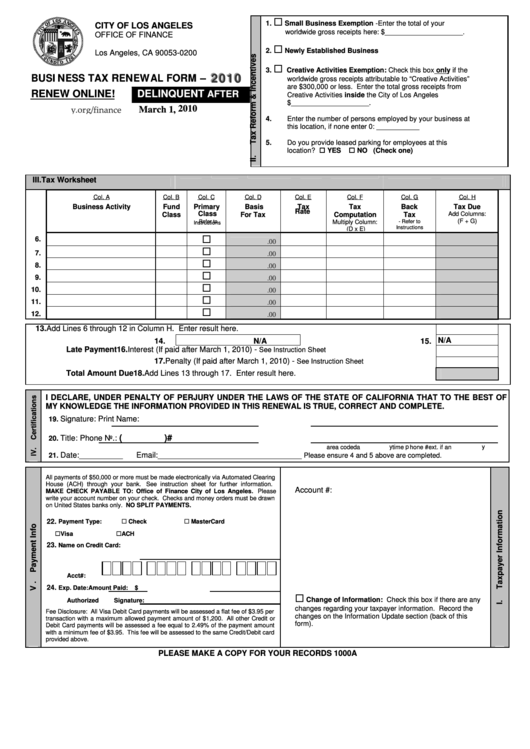
#MONTHLY GROSS RECEIPTS SBA CODE#


Taxes collected for and remitted to a taxing authority if included in gross or total income (such as sales or other taxes collected from customers, and excluding taxes levied on the concern or its employees).Gross receipts do not include the following:
#MONTHLY GROSS RECEIPTS SBA PLUS#
Generally, receipts are considered “total income” (or “gross income” in the case of a sole proprietorship, independent contractor or self-employed individual) plus the “cost of goods sold,” and exclude net capital gains or losses as these terms are defined and reported on IRS tax return forms. Per the IFR, gross receipts include all revenue in whatever form received or accrued (in accordance with the entity’s accounting method) from whatever source - including from the sales of products or services, interest, dividends, rents, royalties, fees or commissions - reduced by returns and allowances. The guidance aforementioned defines “gross receipts” for businesses and their affiliates and addresses documentation requirements, enabling borrowers to proactively prepare for the release of these funds. Furthermore, it provides context around the Interim Final Rule on Second Draw Loans (the IFR), which was issued on January 6. Small Business Administration (SBA) released the guidance, “How to Calculate Revenue Reduction and Maximum Loan Amounts Including What Documentation to Provide.” The guidance clarifies the rules around Second Draw Paycheck Protection Program (PPP) Loans.


 0 kommentar(er)
0 kommentar(er)
